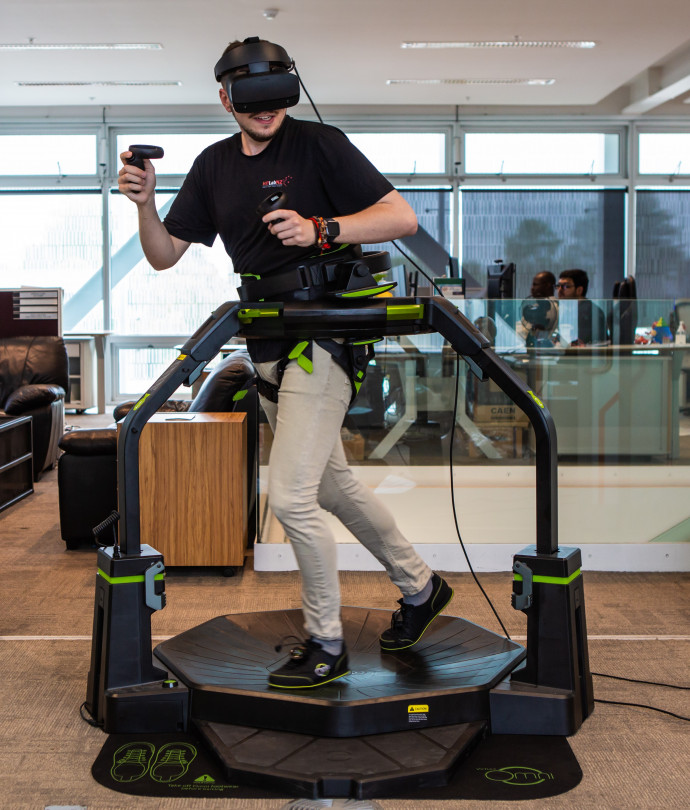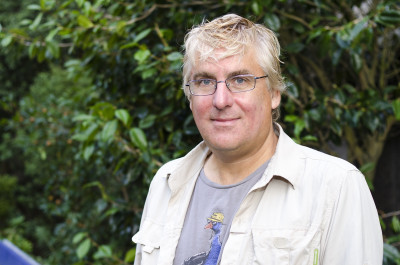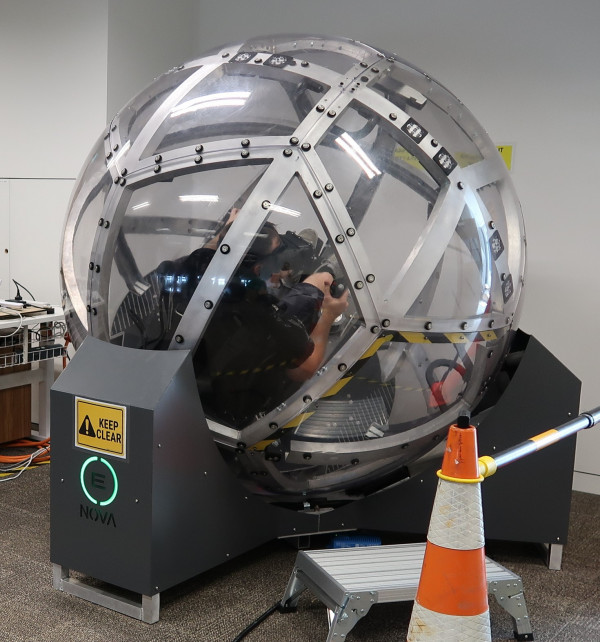Can we find our way when the space around us is playing by different rules?

Professor Randolph Grace and Professor Simon Kemp from Te Whare Wānanga o Waitaha the University of Canterbury, will use immersive virtual reality (VR) to test the flexibility of our perception of space
Published on 3 Whiringa-ā-rangi November 2022
Humans and nonhumans alike can navigate by path integration – updating one’s current position relative to a start point. For example, imagine that you are standing in a featureless expanse; you walk, departing from an origin point and stop at a second point. You turn to the right and walk to a third point. Now you wish to return to the origin. Even though there are no features to guide you, by gut feeling you know the correct homing direction and can estimate the distance to your origin point. Although people do make systematic errors in laboratory tests of path integration, we typically perform well in such tests, as do other animals that have been tested. Path integration is remarkable because it appears to require us to mentally calculate in a way that is consistent with the geometry of the space around us.

Professor Randolph Grace. Image: supplied
But how do our cognitive and neural systems accomplish path integration? Professor Randolph Grace and Professor Simon Kemp have proposed that intuitions about algebraic structure are inherent to perception: We create representations of objects and shapes which have a consistent geometry and draw on these representations to perceive the spaces we navigate. In this Marsden Fund project, they will lead a team to test this by using immersive Virtual Reality (VR) at the HIT (Human Interface Technology) lab, including using cutting-edge VR technology that allows for 3D motion sensation. They will explore whether people can learn to operate in non-Euclidean spaces – that is, spaces where, for example, the internal angles of triangles add to more, or less, than the usual 180°, but which still obey a geometry that is algebraically consistent. As a study participant for the project, you might be asked to walk around a VR space which appears distorted, with objects warping in strange ways as you move closer or further away from them, making it hard to tell how distant they are. Could you navigate back to your starting point?
If people can learn to navigate in these non-Euclidean spaces, it would suggest that we can modify our mental representations of space to fit the geometric rules we encounter. This would provide compelling evidence that our perceptual system has the flexibility to perform computations that are distinctly different than those required in the world in which we evolved.

Eight360 Nova VR sphere. Designed and manufactured in Aotearoa New Zealand, the Nova is a ‘virtual vehicle’ that allows you to experience realistic sensations of movement in fully 3D immersive VR. Image: supplied
